Biobank Management System
At SCC Soft Computer, we offer a cutting-edge suite of solutions designed to streamline workflows, enhance productivity, and drive breakthroughs in patient care. Our mission is to revolutionize the way laboratories operate, whether you’re part of a health system, regional hospital, public health service, commercial lab, research facility, blood management organization, or transplant medicine unit.
Enterprise Scale
- Customized modules and product suites designed to meet the unique needs of enterprise laboratories.
- Seamless integration with existing enterprise systems to streamline workflows and enhance interoperability.
- Industry-leading security measures to safeguard sensitive laboratory data and ensure regulatory compliance.
- Dedicated technical support and comprehensive training programs.
Commercial Flexibility
- Flexible modular solutions that cater to the specific needs and budget constraints of smaller labs.
- Scalable cloud-based solutions that enable growth without significant upfront investment in infrastructure.
- Custom workflow engine to automate processes to improve operational efficiency.
- Full suite of outreach and operational solutions to improve customer service and revenue cycle management.
Driving Growth Across Diverse Industries
SCC Soft Computer is dedicated to delivering tailored solutions that enhance efficiency, accuracy, and excellence for clients across a wide range of industries, from complete healthcare systems to commercial labs.
Health Systems
Our solutions help health systems streamline workflows and improve the coordination of patient care, especially in facilities with multiple sites. By unifying systems under a single database, SCC products reduce turnaround times and facilitate seamless operation across different time zones, eliminating the need for multiple systems.
Solutions for Health Systems ›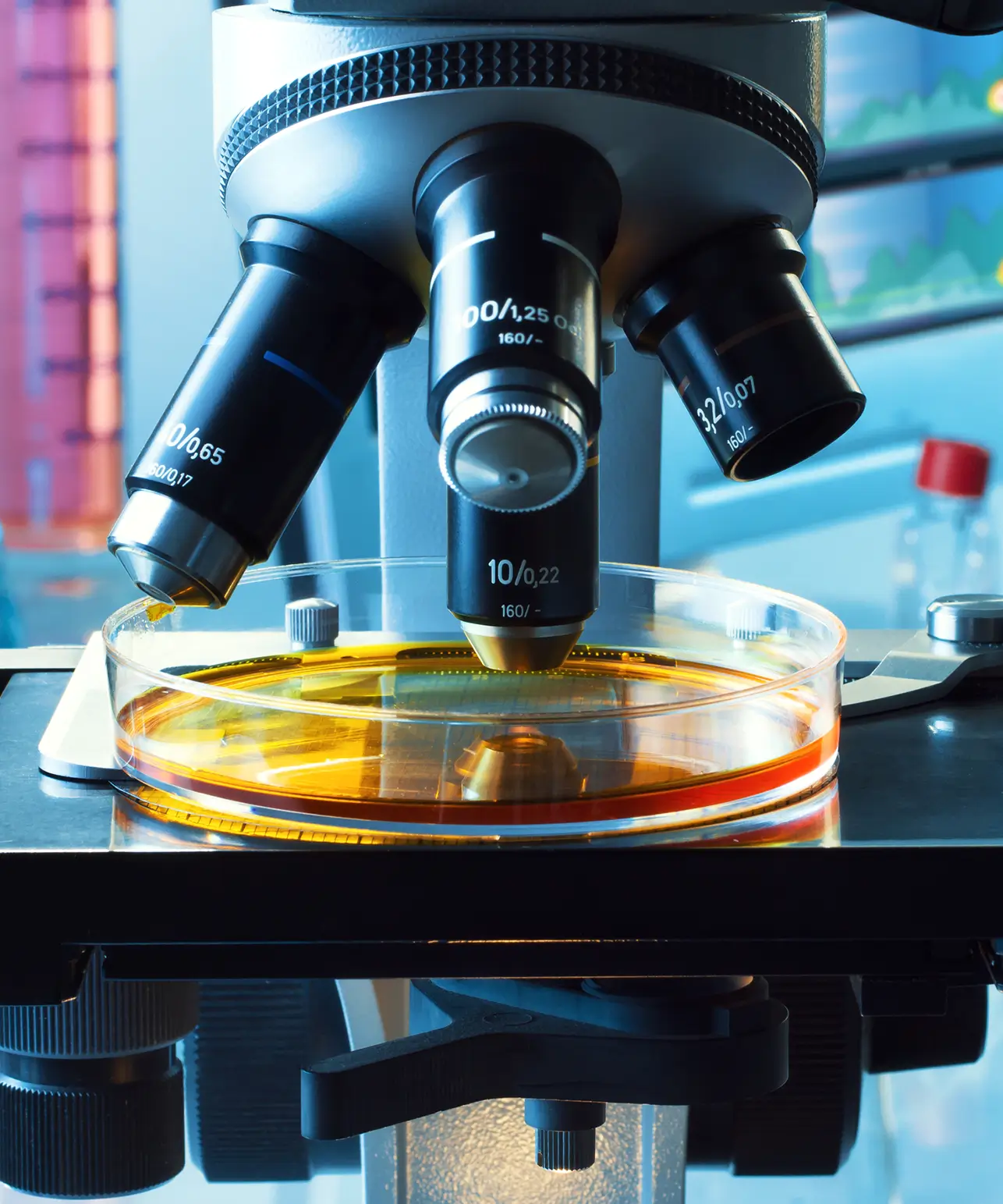
Regional Hospitals
For regional hospitals, SCC solutions optimize resource utilization and elevate the quality of patient care. Our consistent interface design ensures a smooth user experience, while direct integration with laboratory instruments eliminates the need for middleware, simplifying operations and reducing errors.
Solutions for Regional Hospitals ›
Research
Research laboratories benefit from our solutions through enhanced data sharing and collaboration capabilities, crucial for high-volume testing environments. Our platforms perform real-time data analytics, enabling on-demand research and providing valuable insights that drive scientific discovery.
Solutions for Research ›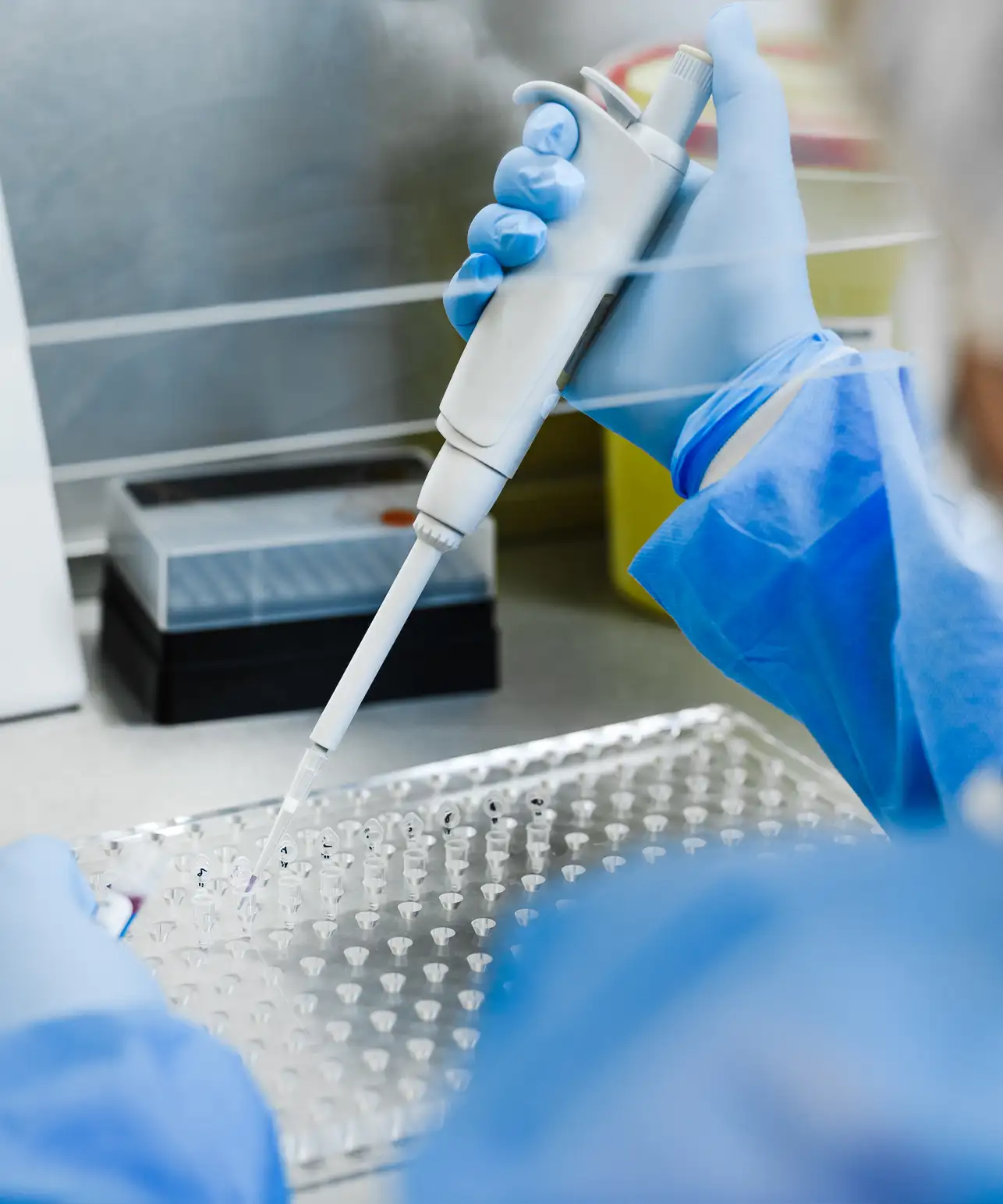
Commercial Laboratories
Commercial laboratories can achieve greater accuracy and efficiency in high-volume testing with SCC’s comprehensive solutions. Our LIS streamlines quality control workflows and minimizes the need for human intervention, allowing staff to focus on more critical tasks. Our integrated approach covers both the healthcare and business sides of operations, including revenue cycle management (RCM) for comprehensive operational oversight.
Solutions for Commercial Laboratories ›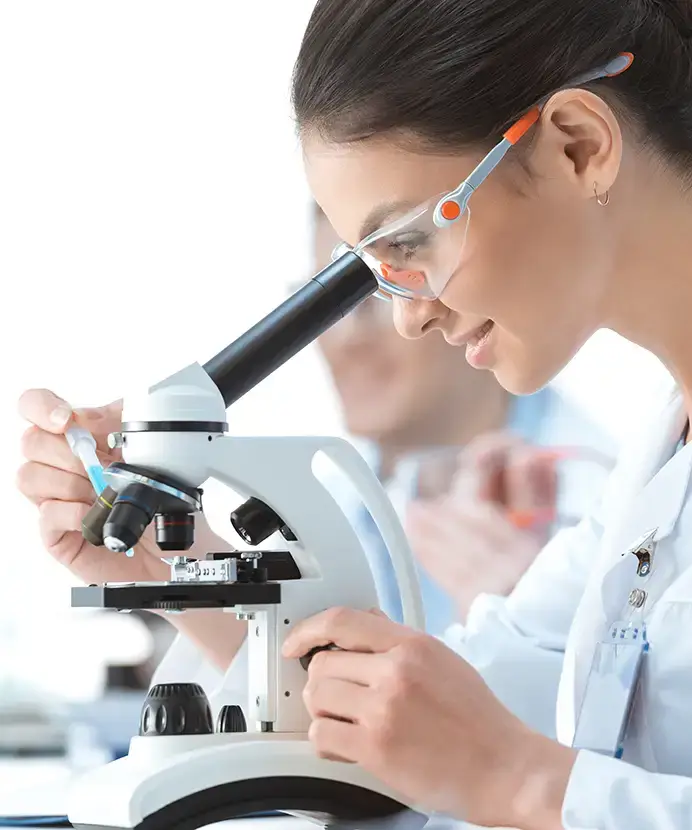
Transplant Medicine
SCC Soft Computer’s solutions for Transplant Medicine provide unparalleled accuracy and efficiency, streamlining donor and recipient matching processes to ensure optimal outcomes. Our comprehensive software suite supports the entire transplant workflow, from data management and compliance tracking to real-time analytics, empowering healthcare professionals to deliver life-saving treatments with confidence.
Solutions for Transplant Medicine ›
Public Health
SCC Soft Computer’s solutions for Public Health Laboratories are designed to enhance disease surveillance, streamline testing workflows, and improve data management, ensuring timely and accurate reporting. Our robust software suite empowers public health professionals with advanced analytics and real-time monitoring capabilities, enabling them to respond swiftly and effectively to public health challenges.
Solutions for Public Health ›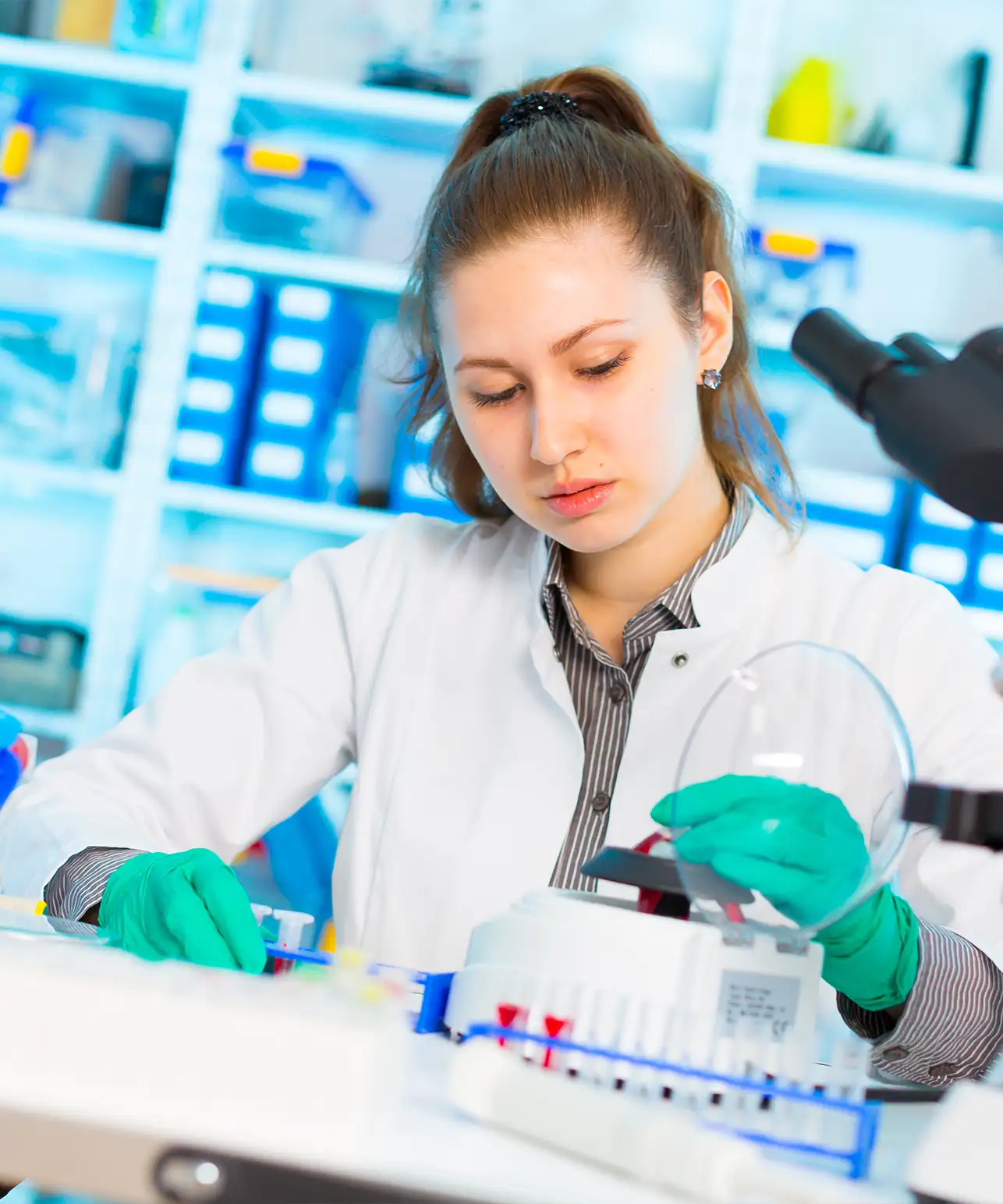
Blood Management
SCC Soft Computer’s Blood Management solutions streamline the entire blood supply chain, from donor recruitment to transfusion tracking, ensuring the highest standards of safety and efficiency. Our advanced software suite offers seamless integration with laboratory systems, providing real-time data and analytics to optimize inventory management and enhance patient care.
Solutions for Blood Management ›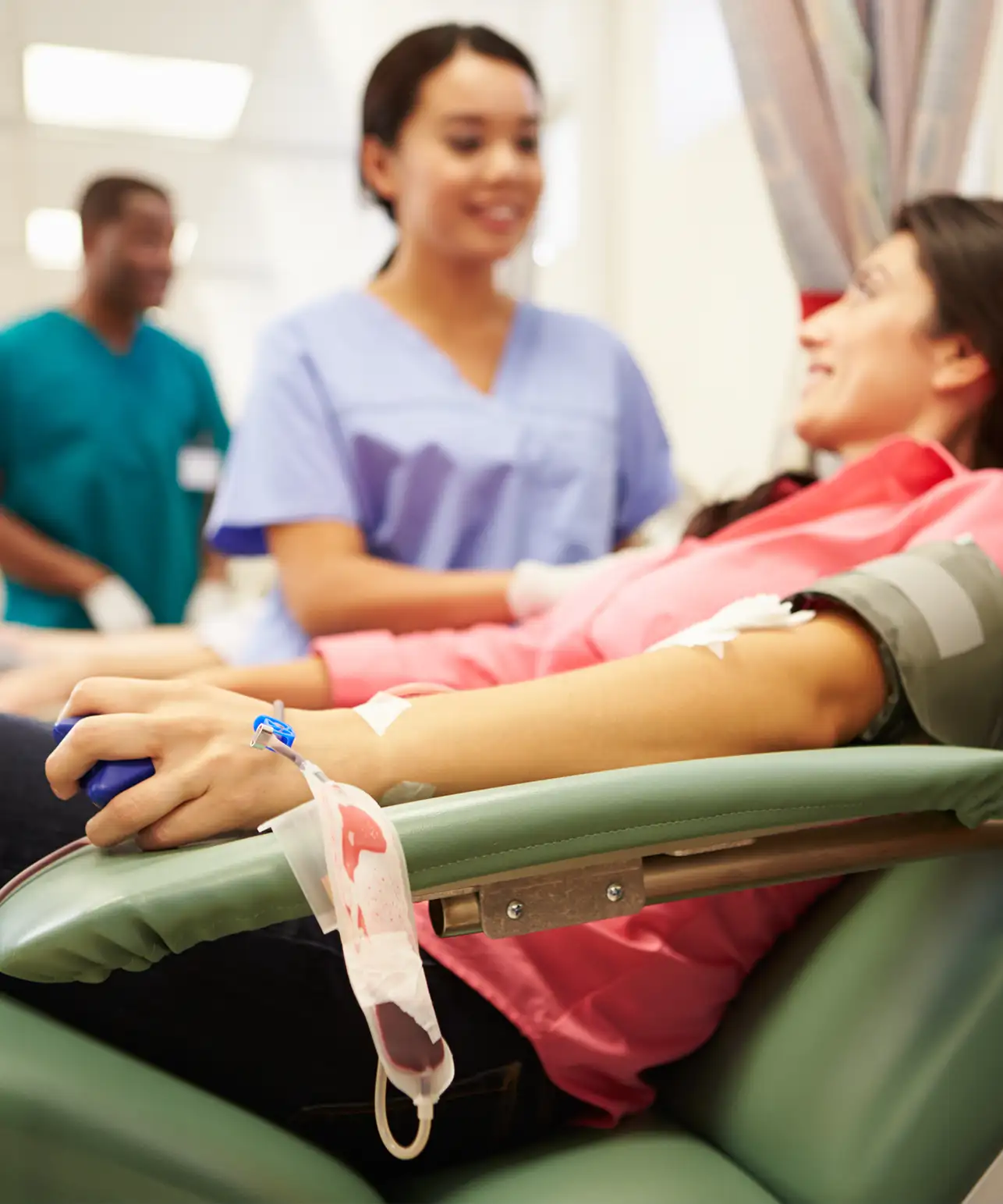
About SCC Soft Computer
Founded in 1979 by visionary leader Gilbert Hakim, SCC Soft Computer has established itself as a global pioneer in clinical information management systems. We specialize in providing state-of-the-art laboratory information systems (LIS) that empower healthcare organizations to optimize workflows, enhance patient care, and drive innovation. With a steadfast commitment to excellence, integrity, and customer focus, SCC Soft Computer combines cutting-edge technology with unparalleled support to deliver transformative solutions across diverse healthcare sectors. Our mission is to revolutionize healthcare by enabling laboratories worldwide to achieve unprecedented levels of efficiency and accuracy, ensuring that our clients remain at the forefront of medical advancements.
About UsBiobank Management System
A biobank management system is the core operational platform for any modern biobank. Its function is to manage the entire lifecycle of a biospecimen, from its initial collection to its final use or disposition. This system is a sophisticated form of biobank software that extends beyond simple inventory tracking to encompass complex data management, workflow automation, and regulatory compliance. It is the central nervous system that orchestrates all activities within a biobank, ensuring data integrity, traceability, and the long-term value of the collection. You cannot manage a high-quality, scientifically sound biobank with manual methods or simple spreadsheets. Such an approach leads to a high probability of errors, loss of specimens, and an inability to meet the stringent requirements of modern research and clinical standards.
The purpose of this system is to provide a unified platform for managing both the physical specimens and the vast amounts of data associated with them. This includes clinical information, patient demographics, detailed processing and storage histories. A truly effective system creates an unbroken chain of information, linking every sample back to its origin and providing a full history of its handling. This is crucial for scientific reproducibility and for ensuring the validity of any research conducted using the specimens. Without this level of detail and control, a biobank’s value is severely compromised. APHL tells us laboratories that have moved from paper or manual entry to integrated systems consistently report higher accuracy and far fewer clerical errors, directly translating into better patient safety and fewer result corrections.
While you may encounter a biobank management system free download or a simple application online, these options often lack the comprehensive features needed for professional biobanking. They may offer basic inventory tracking, but they rarely provide the advanced capabilities required for regulatory compliance, complex workflows, or data security. A free solution can be a liability. It might not scale as your collection grows, it may have limited reporting capabilities, and it likely does not offer the level of vendor support you need. The investment in a professional system is an investment in the long-term integrity and success of your biobank. You are not just buying software; you are acquiring a robust platform that safeguards your scientific assets and streamlines your operations.
A configurable system is a foundational requirement for any biobank. Each biobank has unique workflows, protocols, and specimen types. Your software must be flexible enough to accommodate these differences without requiring custom programming. This means you should be able to define your own data fields, create your own workflows, and configure the system to match your specific needs. This adaptability is essential for supporting a diverse range of research projects and for evolving with the changing landscape of biobanking. A rigid system will hinder your progress and force you to conform your operations to the limitations of the software. A flexible system allows the software to serve as a tool that works for you, not against you.
The data management capabilities of a biobank management system must be robust. This includes not only the ability to capture data from instruments and other lab systems but also the ability to validate and clean data. The system should enforce standardized naming conventions and use rules-based logic to check for common errors. For example, it should prevent a user from entering a temperature outside of a valid range or from assigning a specimen to a storage location that does not exist. These automated checks are critical for ensuring data quality and for reducing the manual effort required to manage your collection. They are a core part of building a reliable and trustworthy biobank.
Another key feature is the system’s ability to manage access and security. A biobank often contains sensitive patient information, and you must protect this data from unauthorized access. The system should offer granular access controls, allowing you to grant different levels of permissions to different users. It should also provide a detailed audit trail that records every action performed by every user. This audit trail is essential for compliance with regulations like HIPAA and for providing a clear record of who accessed what data and when. A secure system is not an option; it is a necessity for any biobank handling personal health information. The peace of mind that comes with knowing your data is secure is invaluable.
Selecting a biobank management system is a strategic decision that affects every aspect of your operations. It is a choice that influences your efficiency, your ability to comply with regulations, and your capacity to support groundbreaking research. Your system should be more than a simple database. It should be a comprehensive platform that automates routine tasks, provides powerful reporting, and ensures the long-term integrity of your biospecimen collection. The right system is a partner in your mission, helping you to achieve your scientific goals with confidence and control.
Biobank Management System Project
Implementing a new biobank management system is a significant undertaking. It requires careful planning, dedicated resources, and a clear understanding of your goals. A successful biobank management system project begins with a thorough needs assessment. You must first identify the specific pain points of your current system and the key functionalities you need in a new one. This includes everything from the types of specimens you handle to your unique workflows and reporting requirements. This initial phase is critical for defining the scope of the project and for ensuring the final solution meets your needs.
A good biobank management system project report will document all of these requirements and provide a roadmap for the entire project. It will outline the project timeline, allocate resources, and establish key performance indicators for success. This report serves as a guiding document for your team and for any vendors you engage with. It ensures everyone is working toward the same goals and the project stays on track. The report is a foundational element of a successful implementation. It provides a detailed plan for how to move from your current state to your desired future state.
The vendor selection process is a crucial phase of any biobank management system project. You need to evaluate potential vendors based on their product’s functionality, their track record, and their ability to provide ongoing support. This is not simply about choosing the software with the most features. It is about selecting a partner that understands the unique challenges of biobanking and can support you for many years. You should ask for a biobank management system project example from each vendor to see how they have handled similar implementations in the past. This provides a tangible illustration of their capabilities and their approach to project management.
Once you have selected a vendor, the implementation phase begins. This involves several key steps, including data migration, system configuration, and user training. Data migration is the process of moving your existing specimen and patient data from your old system into the new one. This is a complex and detailed process that requires careful planning to ensure no data is lost or corrupted. System configuration involves setting up the software to match your specific workflows, protocols, and data fields. User training is equally important. Your team needs to be comfortable with the new system to use it effectively. A good vendor will provide comprehensive training and support to ensure a smooth transition.
The scope of a biobank project often extends beyond the LIMS. You may also be implementing biospecimen management software as a part of a larger system. This software is specifically designed to manage the physical aspects of your collection, including specimen storage, tracking, and retrieval. It is a critical component of a comprehensive solution. For example, it can manage the physical location of every vial in every freezer, and it can track the temperature of your freezers in real time. This integration between your LIMS and your biospecimen management system is essential for creating a unified platform that manages both the data and the physical specimens.
The project does not end when the new system goes live. Post-implementation support is essential for a successful project. You need to have a plan for ongoing maintenance, software updates, and user support. A good vendor will provide a dedicated support team to assist you with any questions or issues. They will also provide regular software updates to ensure your system remains up-to-date with the latest technology and regulatory requirements. A successful project is not just about a smooth go-live. It is about a system that continues to serve your needs for many years to come.
A well-executed biobank management system project can bring significant benefits to your organization. It can improve your operational efficiency, reduce the risk of errors, and ensure compliance with regulatory standards. It can also provide you with powerful new tools for data analysis and reporting, helping you to gain deeper insights into your collection. The project is an investment in your future. It provides you with the platform you need to grow your biobank and to support a wider range of research projects.
LIMS
A laboratory information management system (LIMS) is a powerful tool used to manage and track laboratory data and workflows. In the context of biobanking, a LIMS is essential for managing the vast amount of information associated with a biospecimen collection. A biobank needs a system that can handle two distinct but interconnected perspectives: a specimen-based approach and a patient-based approach. A standard LIMS may be designed for one or the other, but a biobank requires a system that can fluidly manage both.
A specimen-based LIMS is designed to track the physical biospecimen and its journey through the lab. Its focus is on the specimen itself. The system records all the details about the sample, including its type, its unique identifier, its physical location, and its processing history. It tracks every action taken on the specimen, from the moment it is received to its eventual use or disposal. This includes details like who handled it, what tests were performed on it, and its storage conditions. The specimen-based approach is critical for maintaining the scientific integrity of the collection. It ensures that you have a complete and accurate record of every specimen, which is essential for scientific reproducibility and regulatory compliance.
A patient-based LIMS, on the other hand, is designed to manage the patient record. Its focus is on the individual, not the specimen. The system aggregates all the information related to a single patient, including their clinical history, demographics, and all the specimens and test results associated with them. This approach is essential for clinical research and for ensuring the ethical use of biospecimens. It allows researchers to easily find all the samples from a specific patient and to correlate the biospecimen data with the patient’s clinical information. This is crucial for studies that require detailed patient context.
A biobank needs a LIMS that can combine both of these perspectives seamlessly. You need a system that can provide a unified view of both the physical specimens and the patient data. This allows you to search for samples based on specific criteria, such as a patient’s diagnosis or a particular clinical outcome. It also ensures all data is linked correctly, reducing the risk of human error. A report from ConnectPointz reminds us a manual data entry mistake can cost a business $50-$100 and take more than 20 minutes to correct. This highlights the importance of an integrated system that eliminates the need for manual data correlation.
The ability to manage both specimen-based and patient-based data is a hallmark of an advanced laboratory information management system. Such a system provides a powerful platform for research, allowing you to easily find and analyze your data. It also simplifies the process of managing your collection, reducing the time and effort required to track specimens and generate reports. The system should offer robust reporting capabilities, allowing you to analyze your collection based on a variety of criteria, such as specimen type, storage location, or patient demographics. These reports are invaluable for making strategic decisions about your biobank and for demonstrating its value to stakeholders.
The right LIMS is a cornerstone of your biobank’s success. It should be a system that is flexible, scalable, and secure. It should provide you with the tools you need to manage your collection with precision and confidence. It should also be a system that can evolve with your needs. As your biobank grows and your research projects become more complex, your software should be able to keep up. A system designed to handle the dual perspectives of specimen-based and patient-based data will eventually become a bottleneck, hindering your ability to grow and to conduct meaningful research. The right choice is a system that can handle the full complexity of your operations, providing a solid foundation for your biobank.
Choosing the Right Biobank Software
Selecting the best biobank management system is a strategic decision that requires careful evaluation of your needs and the vendor’s capabilities. You should consider a solution that offers a comprehensive approach to managing both physical biospecimens and their associated data. The ideal system will provide a full audit trail, robust data security, and the flexibility to adapt to your unique workflows. The choice of a vendor should prioritize long-term partnership and reliable support. By making a well-informed decision, you ensure your biobank has a solid foundation for operational excellence and for contributing to scientific discovery.










